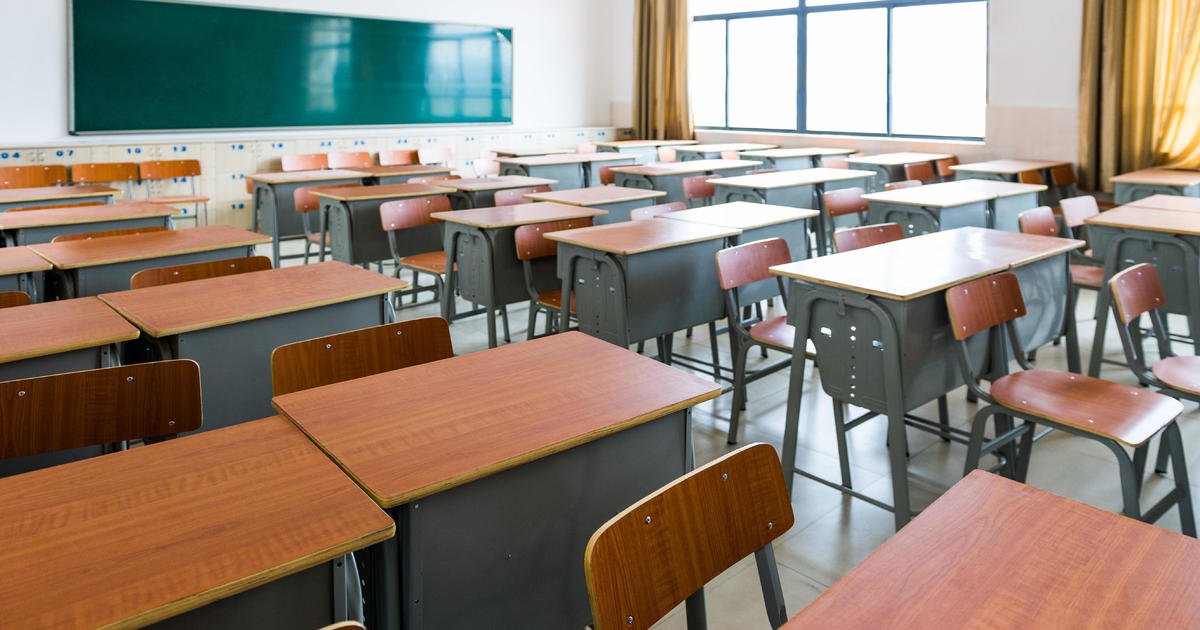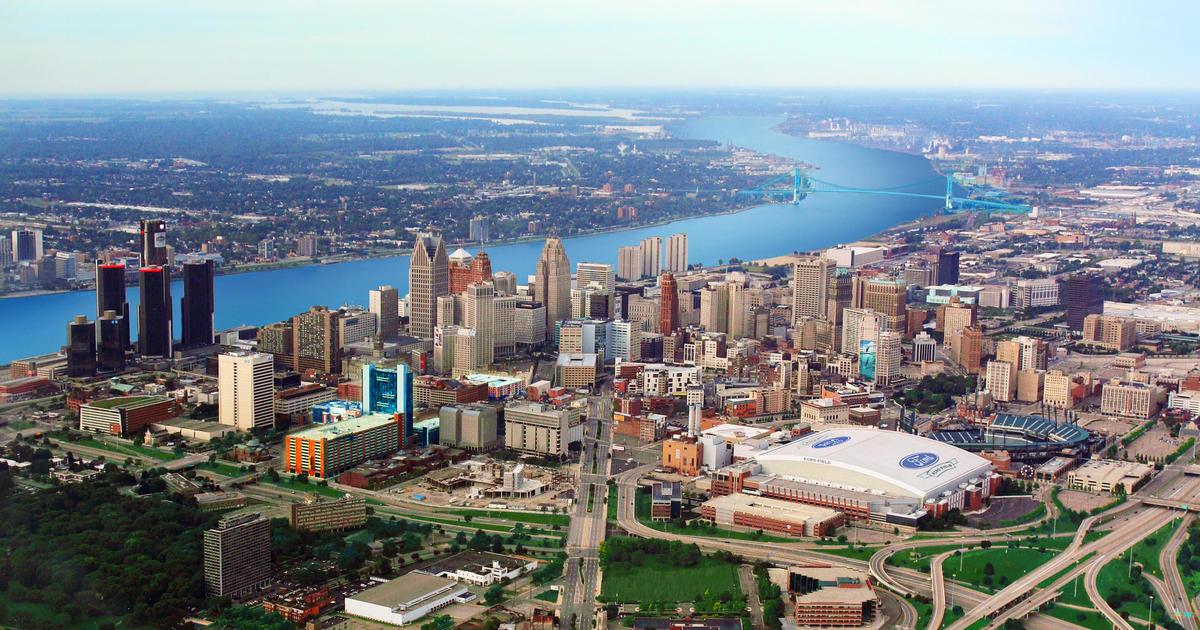Lenawee ISD Opens High-Tech Education Showplace
For a photo gallery from the Lenawee ISD, click here.
ADRIAN (WWJ) -- The Lenawee Intermediate School District Monday formally opened the Center for a Sustainable Future.
The $4 million, 9,000-square-foot building and its surrounding 75 acres of fields and forests will serve as a living laboratory for the future of agriculture.
But as important as agriculture is, this spectacular new educational asset is a whole lot more than that.
The CSF is also the first net-zero-energy-use education building in the state of Michigan. It's aiming for LEED Platinum certification, the highest energy efficiency certification for buildings that exists.
It will provide hands-on, practical education in the rapidly growing field of sustainable agriculture and the local foods movement. It will also offer high school students the chance to work with advanced solar electric systems and geothermal heating and cooling systems. It will also offer advanced education in everything from biochemistry to floriculture to ornamental horticulture to the culinary arts.
Guest speaker Valerie Brader, deputy legal counsel and senior policy adviser to Gov. Rick Snyder, probably put it best when she said, "So many people see agriculture as a career of yesterday when really it is a career of tomorrow. There is so much science in it and so many new techniques."
And, Brader added, "When you look at school budgets you see energy costs eating up a larger and larger portion of them. It's so smart for this community to create a building where a greater share of the budget can go to educating students, not energy."
U.S. Rep. Tim Walberg, R-Tipton, said an ISD official first mentioned the center to him several years ago around a campfire when the two men were part of a motorcycle trip. Walberg said he was happy to see the center become a reality "in the township where I reside, and on the road that bears the name of my mailing address."
Several hundred students from the school districts of the Lenawee ISD will get to take classes in the center. The school districts involved are Addison, Adrian, Blissfield, Britton-Deerfield, Clinton, Hudson, Lenawee Christian, Madison, Morenci and Sand Creek. Home schooled students are also eligible.
The building offers three large classrooms, one set up as a horticulture/floriculture lab and another as a biofuels lab, two smaller meeting rooms, and a large greenhouse with automatic sunlight and ventilation controls.
Lenawee ISD superintendent Jim Philp said the acreage surrounding the center will be home to experimentation and instruction in sustainable and organic crop management, free range livestock management, sustainable woodlot management and more.
Eventually, Philp said he'd like to see area restaurants using foods grown at the center as part of the local foods movement.
The Collaborative LLC, a Toledo architectural firm, deserves a great deal of credit for designing a terrific building. And the ISD deserves credit for coming up with the $4 million to build it the old-fashioned way -- by saving a little at a time, starting back when it first bought the acreage in 2000.
The environmental touches on the building include:
* A 58-kilowatt solar array on the ground in front of the building and another 8 kilowatts on the roof. Together, they will make the electric meter "spin backward" in the summer, when the building is lightly used, an important part of its net zero energy use strategy.
* A geothermal heating and cooling system that uses 16 400-foot-deep wells that reach to where groundwater is 50 degrees year-around. Through a reversible heat exchanger, that water is used to cool the building in the summer and heat it in the winter.
* An earthen berm that shields the north side of the building from bitter winter winds.
* 16 solar tubes on the roof that guide sunlight into classrooms and other rooms, so electric lighting is not needed much during daylight hours. The tops of the solar tubes have fresnel lenses that deflect away the harshest glare of the noontime sun, which is actually brighter than needed, but concentrate sunlight closer to dawn and dusk when it's needed most.
* Permeable pavement and sidewalks, with rainwater runoff guided to a 10,000-gallon storage tank. From there, it will be used to irrigate plants -- and, when state approval is finally received, for the water to flush toilets.
* A sedum green roof that cuts down on rainwater runoff and helps keep the building cool in summer and insulates it in winter.
* Overhang design that lets the lower winter sunlight into the building for passive solar heat, while blocking higher-angle summer sunlight to cut down on air conditioning.
More at www.lisdcsf.org.



